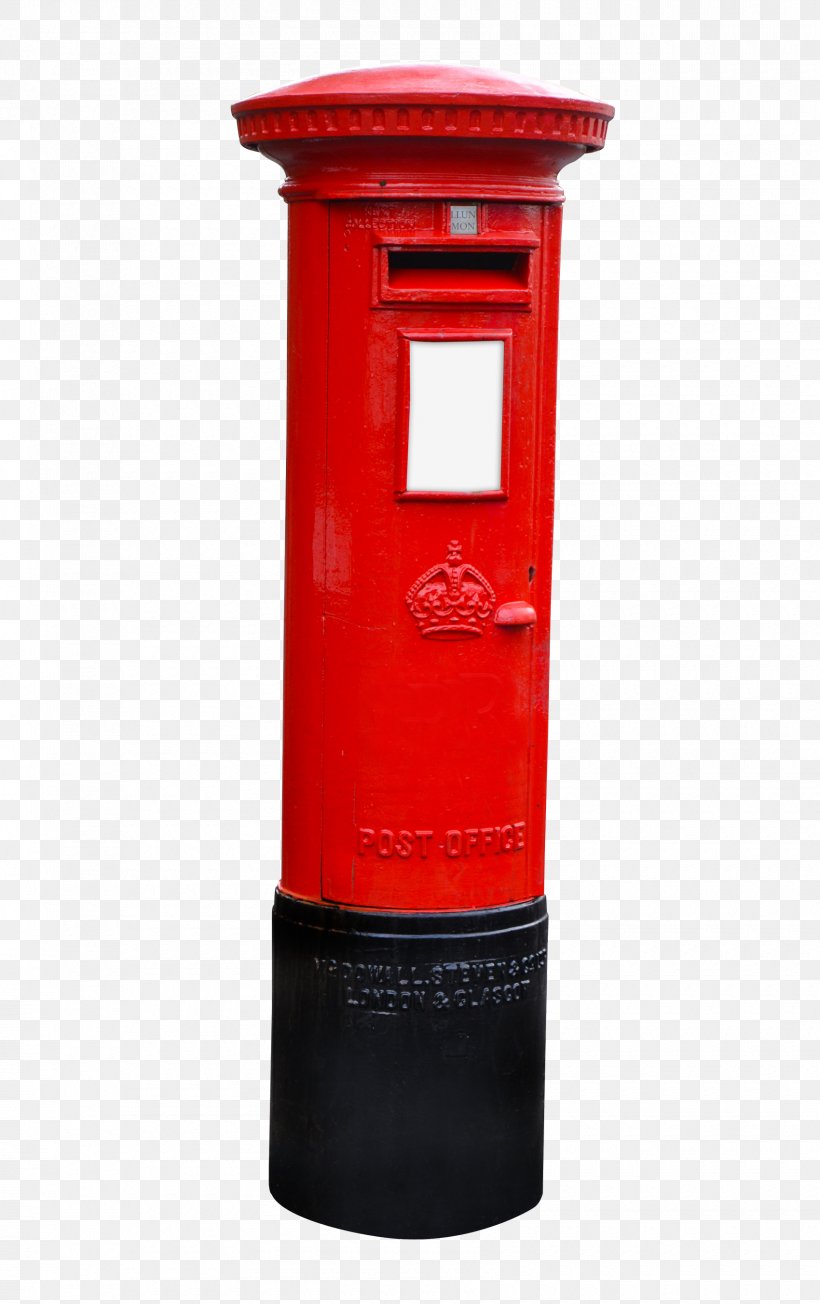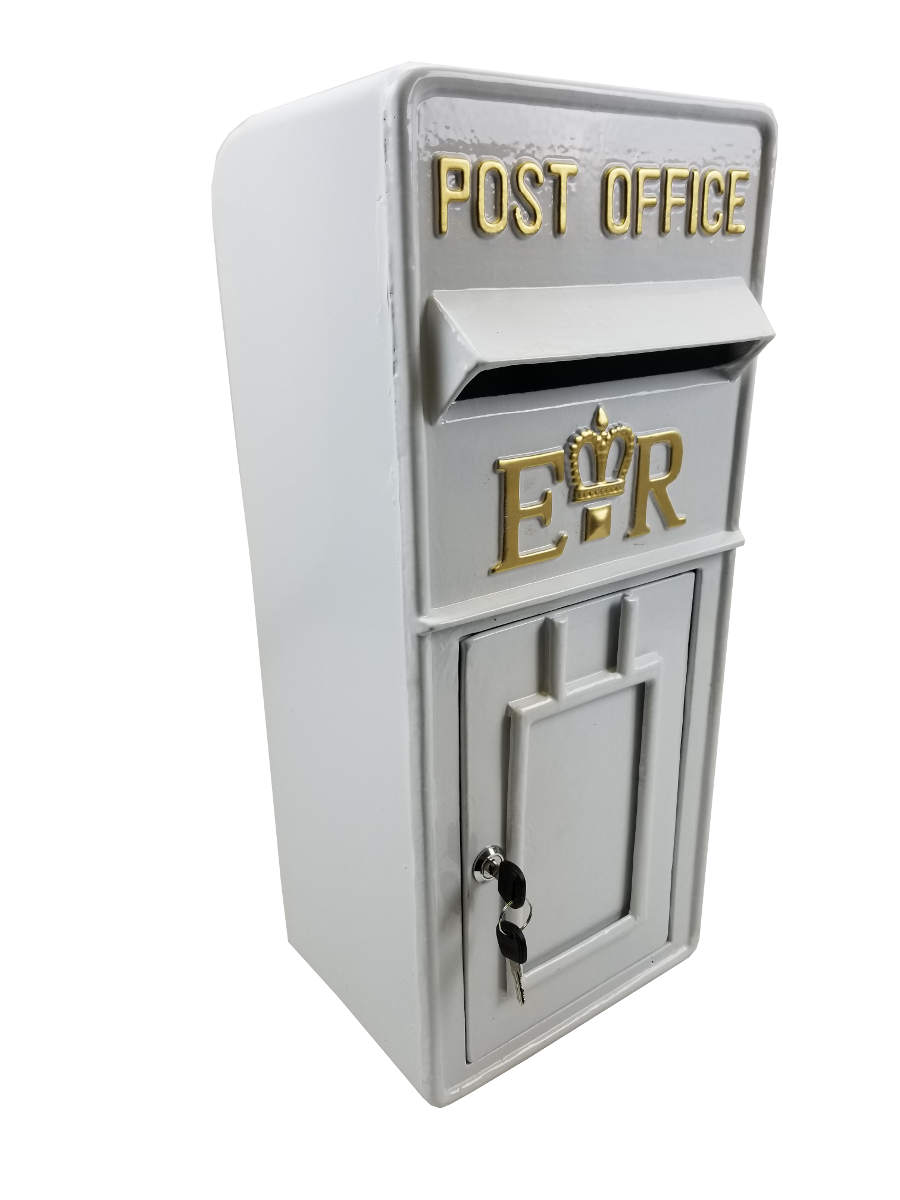By the mid-1800s adhesive postage stamps were widely used, and the Post Office Department recognized that people no longer needed to go to the post office to deposit their letters. Instead, they could keep stamps at home and mail letters at their leisure. So the department began to build and distribute mailboxes throughout U.S. cities.
Buy Letter Boxes factory direct from mailboxes.com. Salsbury Letter Boxes come in surface mounted or recessed mounted styles and are available in 5 contemporary finishes.
Credit for patenting the first letter box officially sanctioned by the Post Office Department goes to a Philadelphia iron products manufacturer, named Albert Potts. His idea, which was patented on March 9, 1858, was to incorporate the letter box into either existing street side lamppost, or new lampposts to be provided by his firm. Pott's receptacles were small. As a result, they probably required frequent emptying. To eliminate the constant need for collections, a larger box was obviously required.
Post boxes make a significant contribution to the character and appearance of the areas in which they are located. In 2002, English Heritage (now Historic England) and Royal Mail, with the approval of the Department for Culture, Media and Sport (DCMS), agreed a joint policy for the retention and conservation of all Royal Mail post boxes. Buy Letter Boxes factory direct from mailboxes.com. Salsbury Letter Boxes are available in surface or recessed mounted styles and 5 contemporary finishes. How many stamps you need to mail your letter depends on where it's going, its size, and its weight. Requesting a Certified Mail Receipt or other proof of delivery will add to the price. The current price of a First-Class Mail® Forever® letter stamp is $0.55 and $0.36 for a postcard.
In 1860 a contract was awarded to John Murray for the production of 1,600 larger lamppost letter boxes. Like the Potts' boxes, these were literally incorporated into the lamp posts. No original examples of the Murray mailbox are known to have survived.
The Orr & Painter iron manufacturers of Reading, Pennsylvania began manufacturing another style of mailbox in the early 1880s. Their cast iron boxes were designed to be hung anywhere, from telegraph poles to the sides of buildings.
During the same year as the Johnstown Flood, the Post Office Department ordered the production of a new style mailbox. Designed by Willard D. Doremus, three sizes of this style of box were produced. These boxes were not very strong and were easily shattered by thieves who made off with the mail. The lip over the letter slot often broke, letting in rain and snow.
By 1891 the U.S. Post Office Department had over 48,400 letter boxes of various types in use around the country. When postal officials accepted this style box, developed by Eugene D. Scheble, a dentist from Toledo, Ohio, the postal system encountered a great deal of trouble. Illegal deals were involved in the selection of the mailbox. Ultimately several prominent persons were indicted by a grand jury in 1903 on charges of conspiracy and fraud in connection with the letter box contracts, but not before more than 49,300 Scheble style boxes had been purchased. The Scheble mailbox was made of sheet metal, not iron.


The Van Dorn Iron Works of Cleveland, Ohio, was selected to make better boxes. Although Van Dorn boxes were known for their durability to weather, they were rather homely in appearance. Despite the fact that some models were 'spruced up' by the addition of fancier handles, they were generally so unattractive that in some cities local postmasters were requested, if not absolutely required, to remove them from boulevards, avenues, and streets where the letter boxes were out of harmony with the ornate electric lampposts then in use.
The color of some Van Dorn letter boxes was another major problem. For a brief period, some boxes were painted bright red. These were frequently confused for similarly painted fire alarms and police call boxes. To overcome this, postal officials directed that boxes should generally be painted dark green.
By the mid-1800s adhesive postage stamps were widely used, and the Post Office Department recognized that people no longer needed to go to the post office to deposit their letters. Instead, they could keep stamps at home and mail letters at their leisure. So the department began to build and distribute mailboxes throughout U.S. cities.
Credit for patenting the first letter box officially sanctioned by the Post Office Department goes to a Philadelphia iron products manufacturer, named Albert Potts. Switch online store. His idea, which was patented on March 9, 1858, was to incorporate the letter box into either existing street side lamppost, or new lampposts to be provided by his firm. Pott's receptacles were small. As a result, they probably required frequent emptying. To eliminate the constant need for collections, a larger box was obviously required.
In 1860 a contract was awarded to John Murray for the production of 1,600 larger lamppost letter boxes. Like the Potts' boxes, these were literally incorporated into the lamp posts. No original examples of the Murray mailbox are known to have survived.

The Orr & Painter iron manufacturers of Reading, Pennsylvania began manufacturing another style of mailbox in the early 1880s. Their cast iron boxes were designed to be hung anywhere, from telegraph poles to the sides of buildings.

The Van Dorn Iron Works of Cleveland, Ohio, was selected to make better boxes. Although Van Dorn boxes were known for their durability to weather, they were rather homely in appearance. Despite the fact that some models were 'spruced up' by the addition of fancier handles, they were generally so unattractive that in some cities local postmasters were requested, if not absolutely required, to remove them from boulevards, avenues, and streets where the letter boxes were out of harmony with the ornate electric lampposts then in use.
The color of some Van Dorn letter boxes was another major problem. For a brief period, some boxes were painted bright red. These were frequently confused for similarly painted fire alarms and police call boxes. To overcome this, postal officials directed that boxes should generally be painted dark green.
By the mid-1800s adhesive postage stamps were widely used, and the Post Office Department recognized that people no longer needed to go to the post office to deposit their letters. Instead, they could keep stamps at home and mail letters at their leisure. So the department began to build and distribute mailboxes throughout U.S. cities.
Credit for patenting the first letter box officially sanctioned by the Post Office Department goes to a Philadelphia iron products manufacturer, named Albert Potts. Switch online store. His idea, which was patented on March 9, 1858, was to incorporate the letter box into either existing street side lamppost, or new lampposts to be provided by his firm. Pott's receptacles were small. As a result, they probably required frequent emptying. To eliminate the constant need for collections, a larger box was obviously required.
In 1860 a contract was awarded to John Murray for the production of 1,600 larger lamppost letter boxes. Like the Potts' boxes, these were literally incorporated into the lamp posts. No original examples of the Murray mailbox are known to have survived.
The Orr & Painter iron manufacturers of Reading, Pennsylvania began manufacturing another style of mailbox in the early 1880s. Their cast iron boxes were designed to be hung anywhere, from telegraph poles to the sides of buildings.
During the same year as the Johnstown Flood, the Post Office Department ordered the production of a new style mailbox. Designed by Willard D. Doremus, three sizes of this style of box were produced. These boxes were not very strong and were easily shattered by thieves who made off with the mail. The lip over the letter slot often broke, letting in rain and snow.
By 1891 the U.S. Post Office Department had over 48,400 letter boxes of various types in use around the country. When postal officials accepted this style box, developed by Eugene D. Scheble, a dentist from Toledo, Ohio, the postal system encountered a great deal of trouble. Illegal deals were involved in the selection of the mailbox. Ultimately several prominent persons were indicted by a grand jury in 1903 on charges of conspiracy and fraud in connection with the letter box contracts, but not before more than 49,300 Scheble style boxes had been purchased. The Scheble mailbox was made of sheet metal, not iron. Mac operating system download.
The Van Dorn Iron Works of Cleveland, Ohio, was selected to make better boxes. Although Van Dorn boxes were known for their durability to weather, they were rather homely in appearance. Despite the fact that some models were 'spruced up' by the addition of fancier handles, they were generally so unattractive that in some cities local postmasters were requested, if not absolutely required, to remove them from boulevards, avenues, and streets where the letter boxes were out of harmony with the ornate electric lampposts then in use.
Old Us Mail Letter Box
The color of some Van Dorn letter boxes was another major problem. For a brief period, some boxes were painted bright red. These were frequently confused for similarly painted fire alarms and police call boxes. To overcome this, postal officials directed that boxes should generally be painted dark green.

